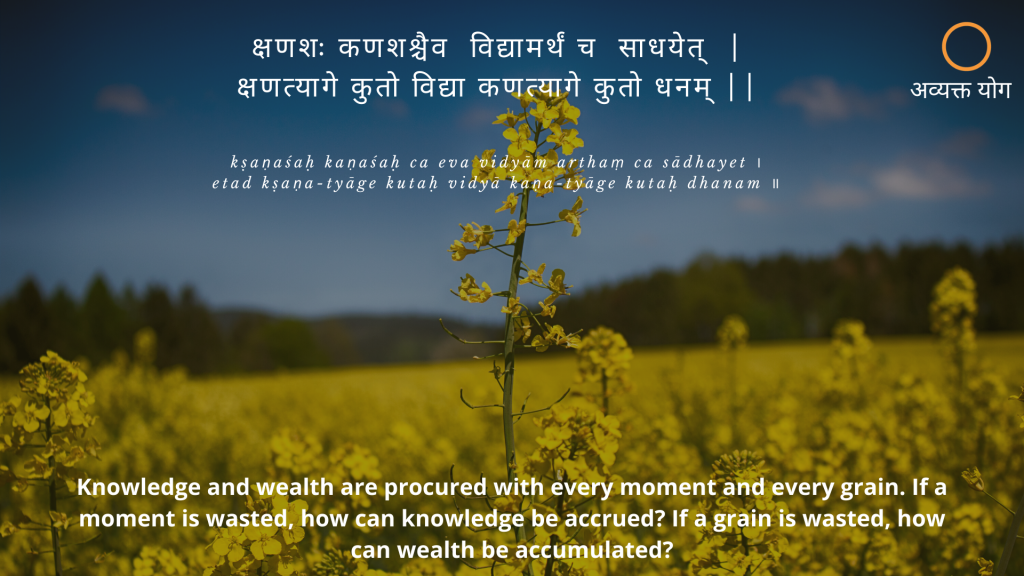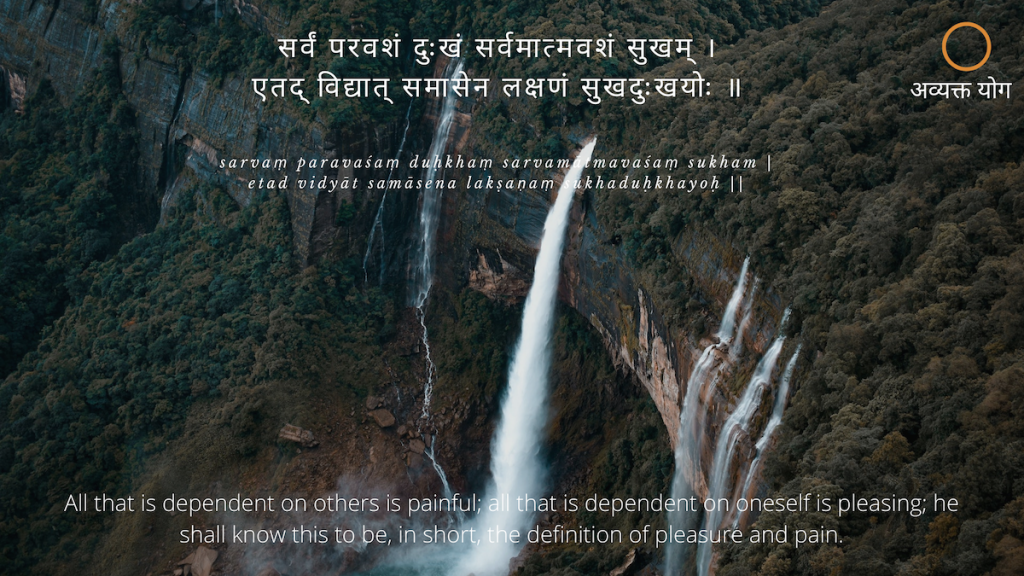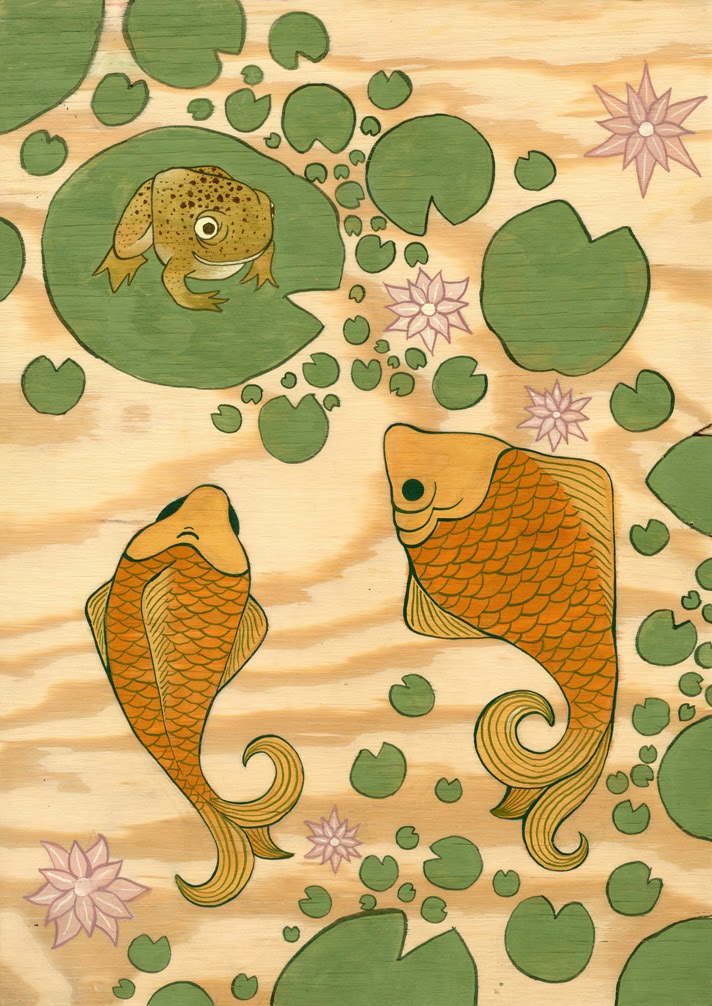क्षणशः कणशश्चैव विद्यामर्थं च साधयेत् |
क्षणत्यागे कुतो विद्या कणत्यागे कुतो धनम् ||
kṣaṇaśaḥ kaṇaśaḥ ca eva vidyām arthaṃ ca sādhayet ।
kṣaṇa-tyāge kutaḥ vidyā kaṇa-tyāge kutaḥ dhanam ॥
Subhashita
Knowledge and wealth are procured with every moment and grain (respectively). If a moment is wasted, how can knowledge be accrued? If a grain is wasted, how can wealth be accumulated?

सुभाषित, or subhashita, is a genre of Sanskrit sayings for everyday life. Su means good, bhashita means spoken. The subhashita deals with various subjects and includes topics of day to day experiences that every one can easily relate to.
This subhashita was written a long time back, when mankind was predominantly agricultural (hence the linking of grains with wealth), but it is relevant even today. ‘Time is money’ – an adage often used nowadays possibly owes it’s origins to this stream of thought.
A few elaborations of mine that I drew from this verse.
Time and effort
Anything that you want to acquire – be it wealth or knowledge, requires dedication of time and effort. In Kyokushin Karate, it is said that the first real training begins after a thousand days of constant practice. Even studies have shown that it takes a thousand days (calculated in man hours) to begin to master a subject.
A lot of our time nowadays is wasted in social media and Netflix – time that we could use more wisely.
A discussion with a friend yesterday brought up an interesting thought. When we were growing up in the 90s, working on a school project, or studying anything new meant countless trips to a library – often far away from home and with limited access – photocopying important pages from multiple sources, and then attempting to clarify any questions that arose through mutual deliberation. Today, one can learn the basics of to play a piano, or to even fly an airplane – from Google.
The time and effort involved has drastically reduced, but has our learning grown proportionally?
Knowledge
The concept of acquiring knowledge itself has to change. Post COVID-19, the world may see challenges that we never thought possible. In India, demonetisation brought about the hurried acceptance of digital payments – COVID-19 has brought to the forefront the importance of going digital. In such a changing world, one cannot keep drawing on knowledge acquired during our college days – you have to keep learning, keep upgrading your skills. And as we have seen, the time and effort required to do this has reduced – so let’s not waste this opportunity.

Money
The tricky part of money – how much is enough? Isn’t accumulation of wealth a bad thing? It isn’t. Attachment to the process of acquisition of wealth is dangerous though. Had spoken about it here – If your mind is possessed with desire for EXCESS wealth – wealth that you cannot take away with you, the result is only dissatisfaction, anxiety and stress.
This subhashit also stresses on the importance of not wasting your money. After all, it is earned from your precious time and hard effort. It is hard to save money in today’s world, given all the excesses (and easy credit) that we have got used to. Do an short analysis of your current spending (during the lockdown) and what you used to spend pre-lockdown. It has gone down, hasn’t it? The amount by which it has decreased (excluding some essential travel expenses) most likely reveals the discretionary spend – amount that we spent, but could have easily saved, if we cut back a bit and had a little more discipline.
And remember – this is spending that mostly resulted in a change of habit.
I for one – used to have 4-5 cups of tea a day from the neighbourhood tea store – that has stopped and I won’t be going back to it, since a habit has changed. Factor in those 2 cups of Starbucks that you had every day (that you don’t have now) – adds up to a tidy little sum right?
We may live in a far advanced (or so we think) age – where we have the best of technology at our disposal. But let’s not lose sight of a few basics, that can keep us grounded, and help us refocus on the true meaning of life, and living it to the fullest.
Read more at:








